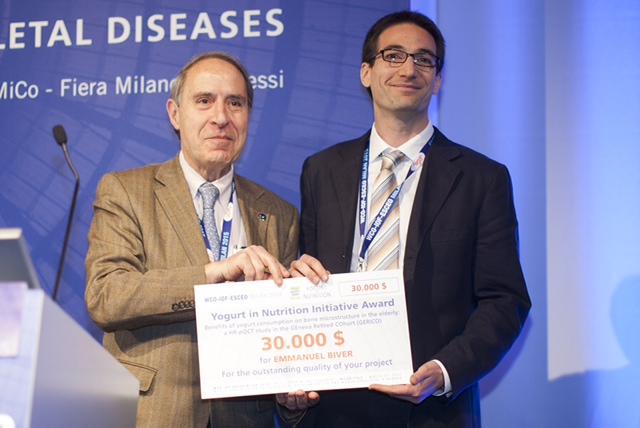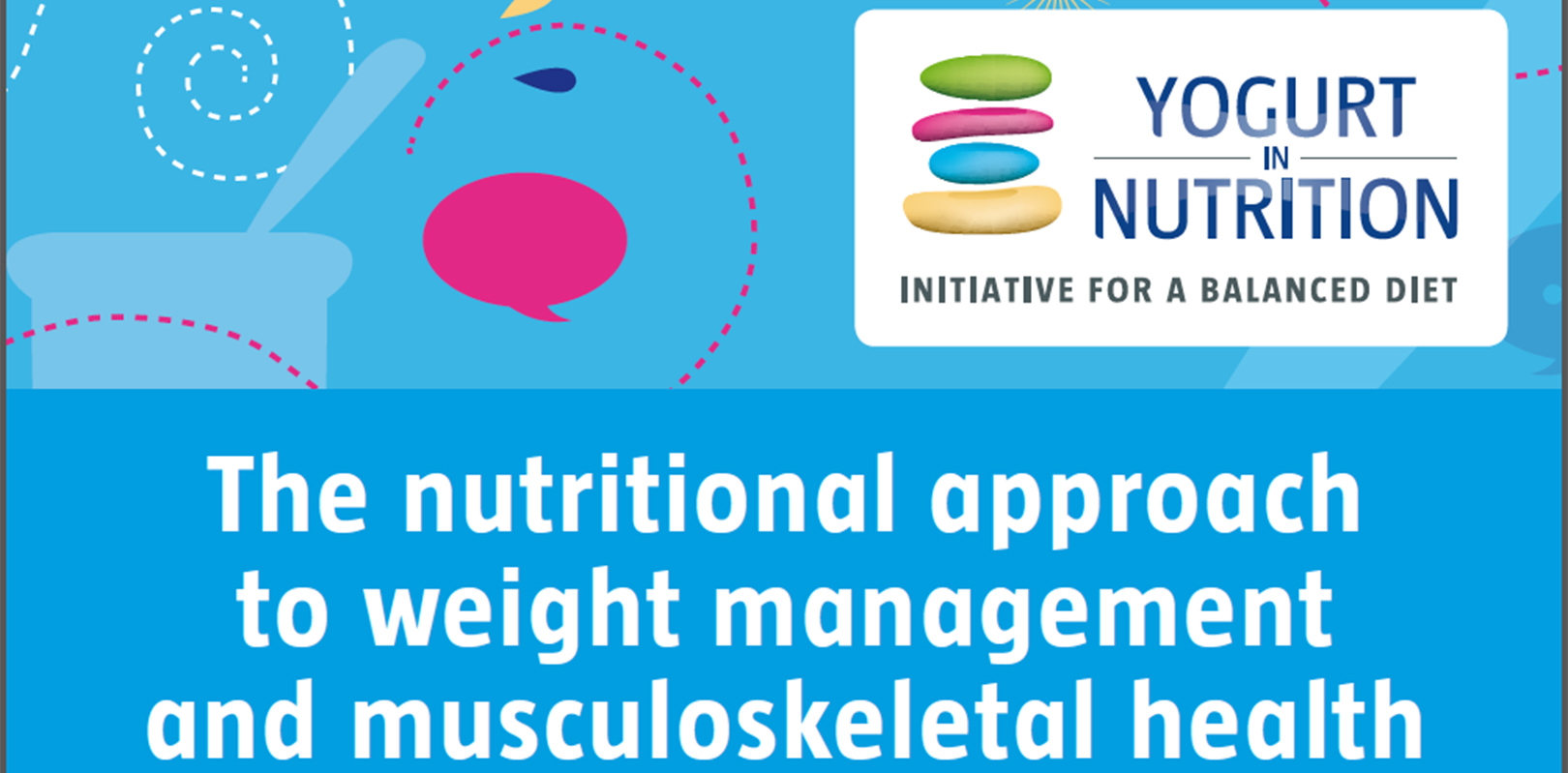Mauro Fisberg is past General Secretary and ex-president, Latin American Society for Pediatric Research-SLAIP. He is also member of the Steering Committee of the Post Graduation in Pediatrics and Pediatrics applied Sciences, Federal University of Sao Paul and advisor of the Nutrition Department of Brazilian Pediatric Society and Sao PauloPediatric Society.
Also member of the YINI and Danone International Institute Board, he coordinated a book with 65 chefs to include the yogurt in the daily cooking and habits.
In our book, we did collect recipes from the best chefs in our country (Brazil) and asked them to use yogurt at their will and 68 recipes from dressings to meat preparations were presented. I hope you will enjoy some of them.













